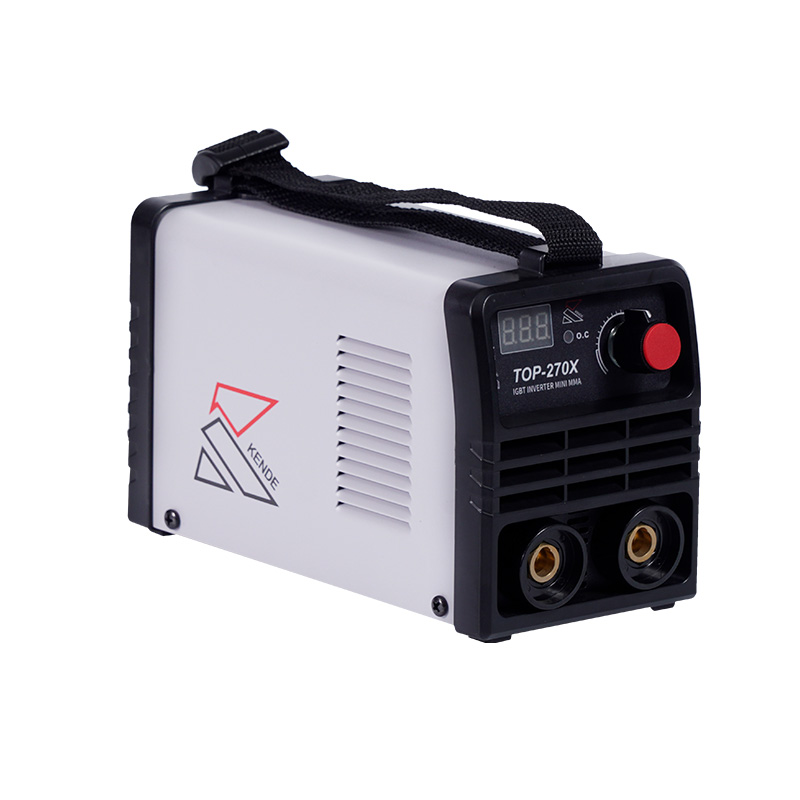Email: [email protected]
 2025.07.18
2025.07.18
 Industry News
Industry News

Choosing the right mini welding machine is important for anyone looking to perform welding tasks efficiently and safely. Mini welding machines are compact, portable, and designed for smaller projects or limited spaces. However, with various models available on the market, understanding the key factors that influence the selection process helps ensure the machine fits your specific welding needs.
The considerations when choosing a mini welding machine is the type of welding process it supports. Common welding methods include MMA (Manual Metal Arc), TIG (Tungsten Inert Gas), and MIG (Metal Inert Gas). Each method suits different applications and materials. For example, MMA welding is versatile and suitable for steel and iron, while TIG welding offers more precision for stainless steel and aluminum. Knowing which welding process you require helps narrow down the options and avoid unnecessary features.
Power capacity is another critical factor. Mini welding machines come in various power ranges, often measured in amps. The thickness of the materials you plan to weld influences the power needed. Thicker metals require higher amperage to achieve proper penetration and strong welds. It is important to select a mini welding machine with adjustable current settings, allowing you to work on different thicknesses without damaging the material or the machine.
Portability is a key advantage of mini welding machines, so size and weight are important to consider. If you need a machine for on-the-go repairs, DIY projects, or tight spaces, choosing a lightweight and compact model enhances convenience. Some mini welding machines come with built-in handles or carrying cases, which can make transportation easier. However, it’s essential to balance portability with performance to avoid sacrificing welding quality.
The power source also impacts your choice of a mini welding machine. Some models operate on standard household electricity (110V or 220V), while others require industrial power sources. If you plan to use the machine in various locations, including places without access to high voltage, selecting a model that runs on common household power increases flexibility. In addition, inverter-based mini welding machines are becoming popular due to their energy efficiency and stable arc performance.
Ease of use is another important aspect when choosing a mini welding machine. Features like simple controls, clear displays, and automatic settings help beginners and experienced welders alike. Machines with built-in safety features such as overheat protection, anti-stick function, and voltage regulation provide added security during operation. Reading user manuals and reviews can help assess how user-friendly a particular mini welding machine is.
The types of accessories and consumables compatible with the mini welding machine should also be checked. This includes electrode sizes, torch types, and available replacement parts. Choosing a machine with widely available accessories ensures that maintenance and repairs are manageable and affordable over time.
Considering your budget is essential. Mini welding machines vary widely in price, depending on brand, features, and power. Setting a realistic budget while prioritizing the features that matter to your projects can help you find a suitable machine without overspending.
Choosing the right mini welding machine involves evaluating the welding process, power capacity, portability, power source, ease of use, accessory compatibility, and budget. Taking these factors into account ensures that the selected mini welding machine matches your welding requirements and provides reliable performance for your tasks.